Humic Acid may be found in soil, peat, and other organic compounds. Organic acids, humins, and fulvic acids come together in this complicated concoction. It helps because it increases plant growth and soil fertility. This blog post will discuss how humic Acid helps the soil by enhancing nutrient intake and water retention, enhancing soil structure, and encouraging microbial activity.
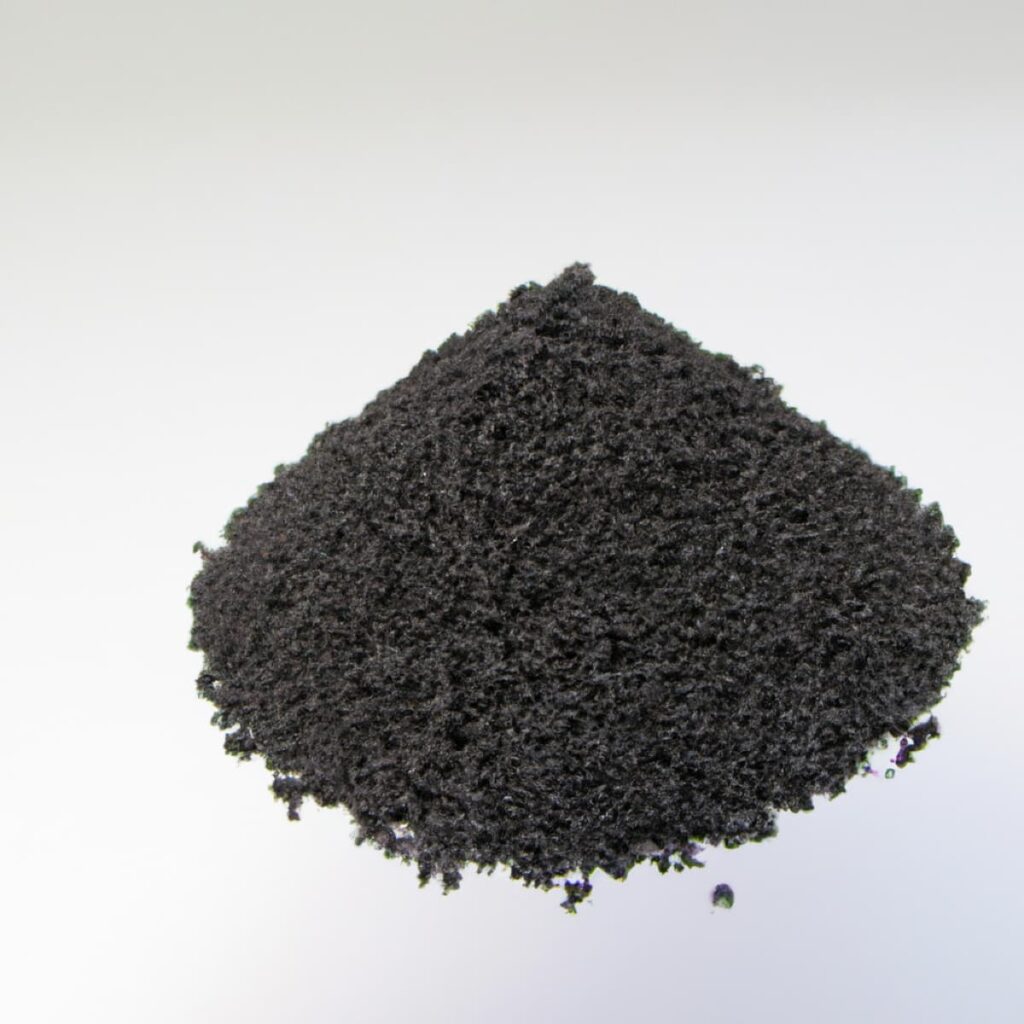
We’ll also talk about the many forms humic Acid may take and how you can use them in your garden or farm. This article will provide vital insights into how humic Acid may enhance the general health of your Soil for gardeners, farmers, and anybody else interested in the topic.
Humic Acid fertilizer uses
What exactly is Humic Acid?
Humic Acid is a natural substance in Soil, peat, and other organic materials. It is a complex mixture of organic acids, humins, and fulvic acids. Humic Acid is formed through humification, which occurs when plant and animal matter breaks down in the Soil. It improves soil fertility and plant growth by increasing nutrient uptake and water retention, improving soil structure, and promoting microbial activity.
In case you missed it: Fertilizer Schedule for Okra: Organic, Chemical, How and When to Apply
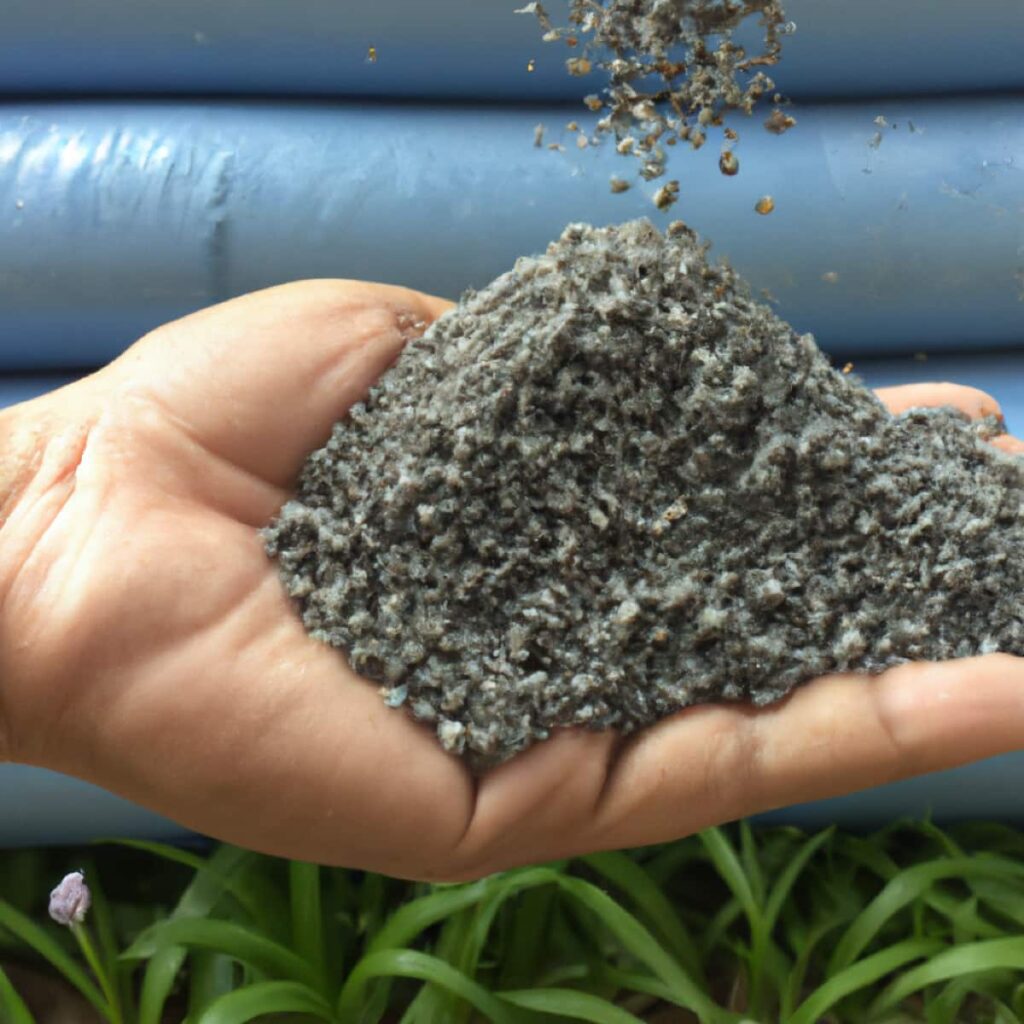
Humic Acid is an organic compound in mature organic matter and prehistoric deposits. It’s made up mostly of carbon, hydrogen, oxygen, and about 4% nitrogen. It can be found naturally in leonardite and humalite deposits and artificially made by oxidizing coal deposits. It is formed through a chemical and biological process called humification, the decomposition and breaking down of plant and animal matter by microorganisms. When further decomposed, humic Acid produces a smaller product called fulvic Acid.
What are Humic Acid, humin, and fulvic acids
Humin
- The base part of organic soil that is completely stable and cannot be broken down further or dissolved
- Increases water holding capacity and improves soil structure
- It contains no nutrients and does not play a direct role in plant nutrition
Fulvic Acid
- A nutrient facilitator that helps plants draw in and utilize nutrients better
- It has a “chelating” effect on nutrients, keeping them from binding together and becoming inorganic
- Not as stable in the soil as humin, so that benefits can vary significantly in different circumstances
In case you missed it: Fertilizer Schedule for Home Garden: Organic, Chemical, How and When to Apply
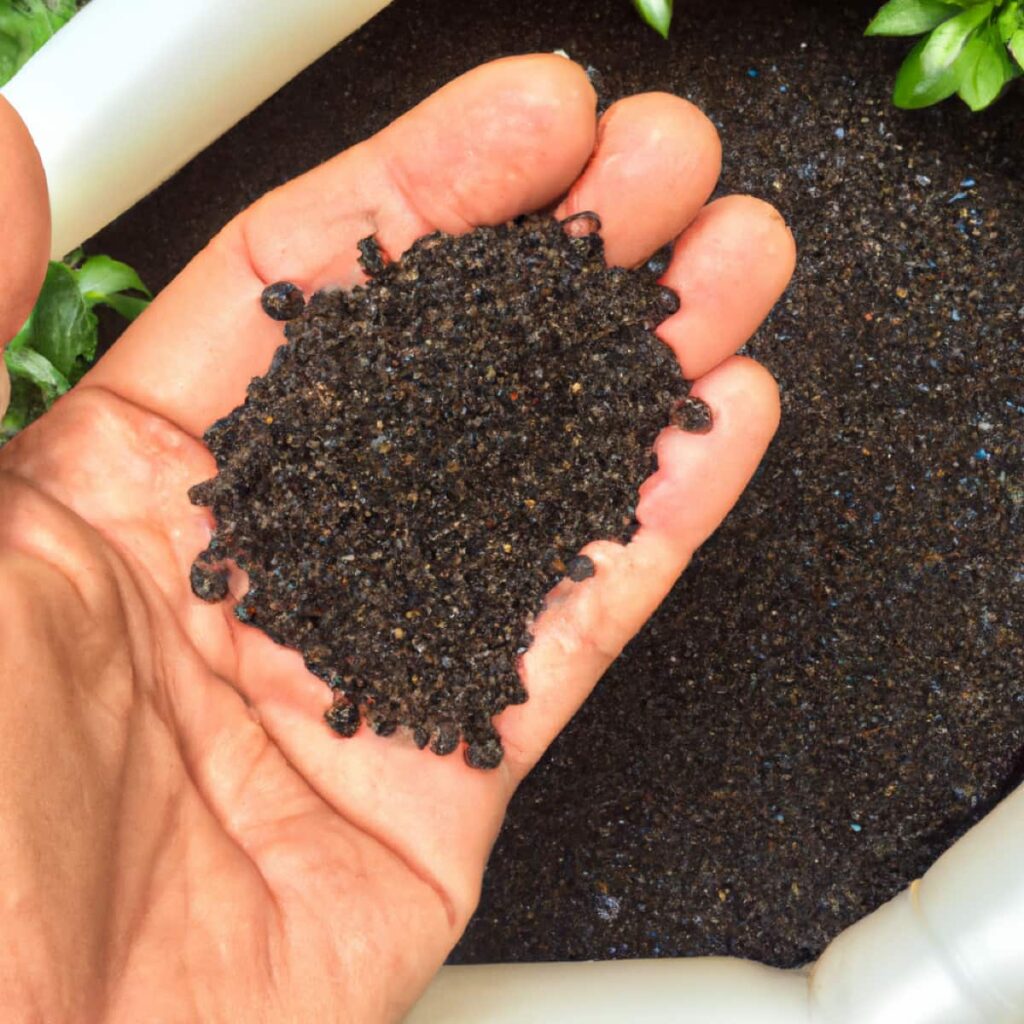
Humic Acid
- A hybrid of humin and fulvic acid
- It has some benefits for improving soil structure and holding water, but humin is better.
- It aids plant uptake and absorption of nutrients, but not as well as fulvic Acid.
- More plentiful and simple to extract and concentrate than fulvic Acid
- In the correct conditions, it can degrade into fulvic Acid and contains some nitrogen.
- Humin and fulvic Acid are experts, while humin is a handyman for the soil.
Humic Acid, humin, and fulvic acids are the main components of humus soil. They are necessary for improving plant growth and soil fertility. While all three components have different modes of action, they should be used together for optimal results.
Humic Acid improves soil conditions and nutrient availability, fulvic Acid aids in the delivery of nutrients, and humin improves soil structure. When using humic Acid, it is important to understand your Soil and plants’ specific needs to tailor the application for the best results. Humic Acid is particularly beneficial for soil lacking stability and structure and has poor nutrient and water-holding ability.
Humic Acid’s role in improving soil structure and microbial activity
Humic and fulvic acids are the final products of the natural decomposition of plant and animal components. Humic Acid is generated due to the biological humification of plant and animal material by microbes.
Humic Acid improves the soil’s physical structure.
Increases water holding capacity and nutrient availability in light soils while loosening heavy soils for improved water and nutrient penetration and aeration. Increases drought tolerance and darkens soil color, which aids with solar absorption.
Humic Acid modifies the soil’s chemical properties.
Acidic and alkaline soils are neutralized, pH is regulated, and cation-exchange characteristics are enhanced. Improves nutrient uptake and water retention capacity, making the soil more conducive to plant growth.
Humic Acid promotes organic matter and nutrient absorption.
Humic Acid raises the soil’s organic matter, enhancing plant nutritional availability. It also converts nutritional components like nitrogen, phosphorus, potassium, iron, and zinc into usable forms that plants can use.
Humic Acids stimulate biological plants and the activities of microorganisms
- Promotes Plant Growth and Crop Production
- Increases the uptake of nitrogen by the plants from the Soil.
- Decreases the toxic substance availability in the Soil.
- Biologically stimulates plants and activities of microorganisms, increasing germination capacity, uptake of vitamins and minerals, resistance to pests and diseases, and improves shelf life of fruits.
- Promotes quality of Soil and yields of crops.
- Humic Acid turns on enzymes in plants and helps crops grow by making good soil microbes work harder.
- It results in higher seed germination ability, increased vitamin and mineral intake, better resistance to pests and diseases, and improved fruit shelf life.
In case you missed it: Fertilizer Schedule for Fruits: Organic, Chemical, How and When to Apply
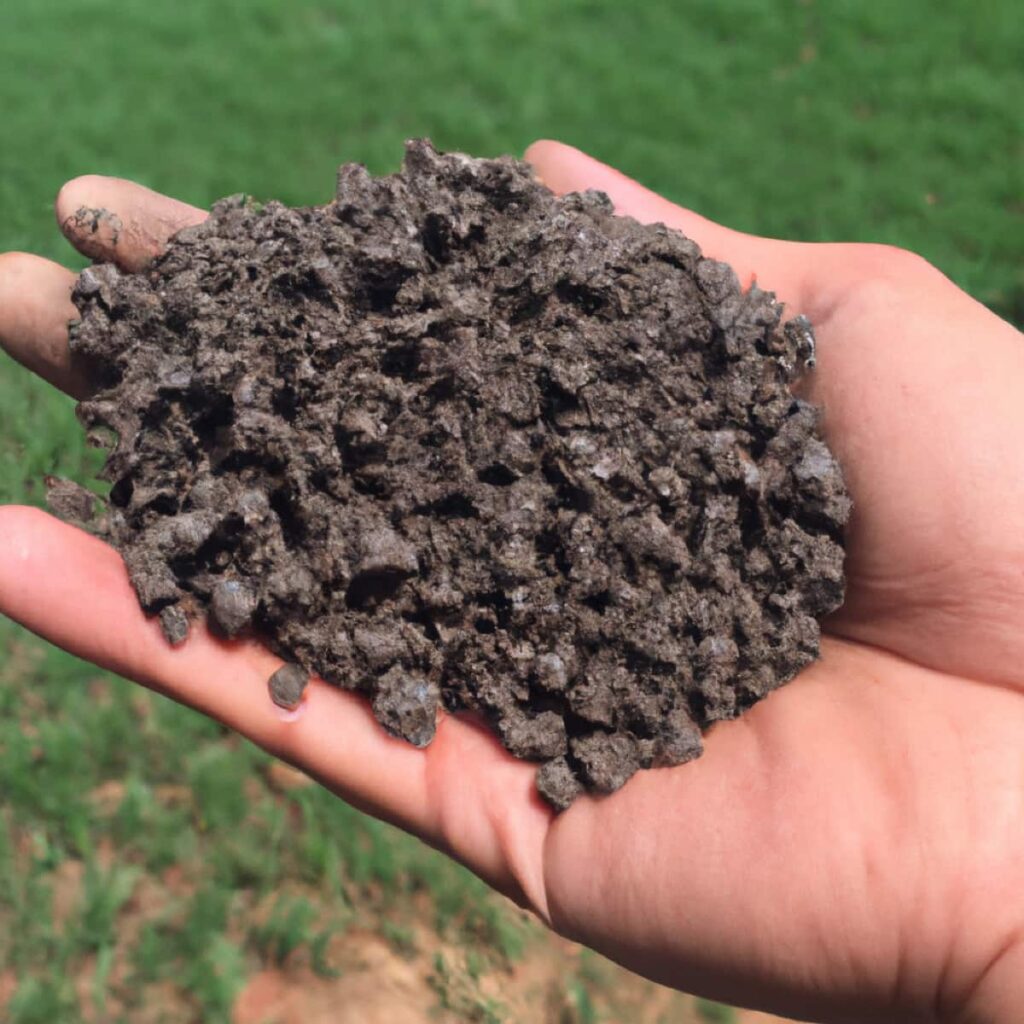
Sustainable Agriculture through Humic Acid
Humic acids are a natural and sustainable answer to many agricultural and environmental concerns. One of the primary advantages of employing humic acids in agriculture is that they aid in the reduction of water contamination by preventing nitrates and pesticides from leaking into groundwater. It is because humic acid-rich soils support a well-developed root system capable of absorbing these toxic compounds before they reach the water supply. Humic acids also can reduce the quantity of salt in soils.
It is especially critical for young plants since excessive salt concentrations can cause root burning and damage. Humic acids also aid in the reduction of the toxicity of ammonia-based fertilizers, which can be damaging to plants. Humic acids are also important in reducing soil erosion. It is because they boost the ability of soil colloids to mix, which aids in soil retention.
Furthermore, humic acids promote root system development and plant growth, which aids in soil retention and erosion prevention. Humic acids provide a powerful and long-lasting remedy to many agricultural problems. They can promote soil fertility, boost plant growth and nutrient uptake, control soil pH, and reduce the usage of artificial fertilizers.
Benefits of Humic Acid in Soil and agriculture
- Improving soil structure: Humic Acid improves the Soil’s physical structure by increasing its water-holding capacity and loosening heavy soils. It improves water and nutrient penetration and aeration of the Soil, which can help prevent nutrient and water losses.
- Regulating soil pH: Humic Acid can neutralize both acidic and alkaline soils, helping to regulate the pH value of the Soil and increase its buffering abilities. It can make it easier for plants to absorb the nutrients they need for growth.
- Increasing nutrient uptake: Humic Acid has high cation-exchange properties, which means it can help to increase the availability of essential nutrients such as nitrogen, phosphorus, potassium, and zinc. It can lead to healthier and more productive crops.
- Reducing soil erosion: Humic Acid can help to prevent soil erosion by increasing the ability of soil colloids to combine and by enhancing the development of plant roots. It can help protect farmland from heavy rain and wind effects.
- Supporting beneficial microorganisms: Humic Acid can encourage the growth and activity of small beneficial microorganisms in the Soil, improving the Soil’s overall health and leading to increased crop production.
- Improving crop yields: By providing essential nutrients and promoting healthy soil structure, humic Acid can help to improve crop yields and increase the overall productivity of farmland.
- Reducing the need for chemical fertilizers: Humic Acid can help make the nutrients already present in the soil more available to plants, reducing the need for chemical fertilizers and decreasing the risk of pollution.
- Decreasing salinity: Humic Acid decreases the salt concentration in soils and reduces the adverse effects of excess salinity on plants.
- Reducing water contamination: Humic Acid can help reduce water contamination by decreasing the amount of nitrate that leaches into groundwater and supporting nutrient efficiency in the Soil.
- Improving the shelf life and storage of fruits and vegetables: Humic Acid can help to thicken the cell walls of fruits and vegetables, increasing their shelf life and making them more marketable.
How to apply Humic Acid to Soil
Soil humic acid may be administered in many different ways, including as a foliar spray, through tillage, and as a mixture of water. It can also be used as a granular substance or a liquid solution. Both the type of crop and the Soil’s current state will determine the best manner of application. It is crucial to remember that slightly alkaline conditions are ideal for humic acid application. It is essential to check the Soil’s pH before application.
In case you missed it: Fertilizer Schedule for Vegetables: Organic, Chemical, How and When to Apply
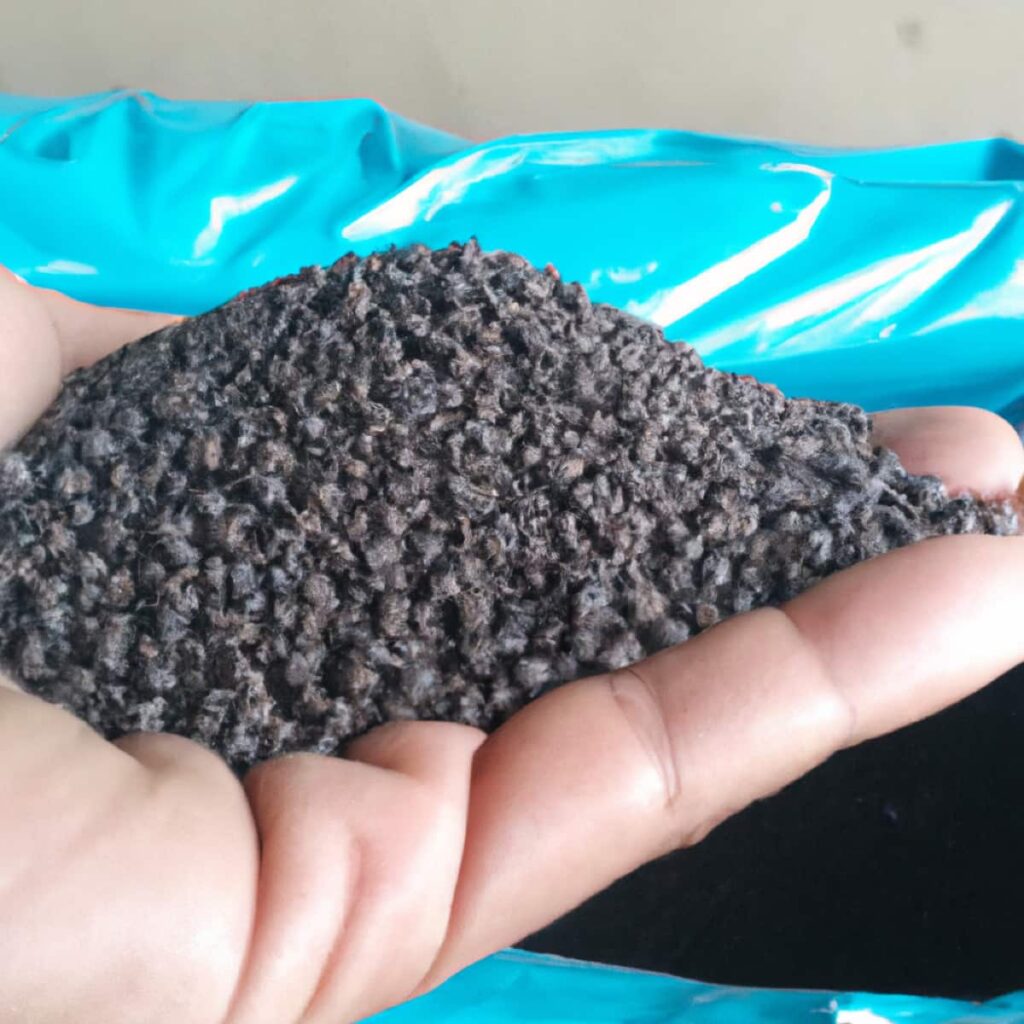
Methods of application of Humic Acid
- Soil Drenching: Humic Acid can be used as a soil drench when combined with water. This strategy is best suited for mature plants and may be utilized for indoor and outdoor crops.
- Foliar spray: Humic Acid combined with water can be sprayed over plant leaves. This strategy best suits young plants and may apply to indoor and outdoor crops. Humic Acid can be mixed into irrigation water and applied to the land. This technology is best suited to large-scale operations and may be applied to indoor and outdoor crops.
- Blended fertilizer: Humic Acid can be combined with other fertilizers and applied to the soil. This method works best for already full-grown plants and can be mainly used for indoor and outdoor plants.
Dosage recommendation of Humic Acid for the soil
The recommended amount of humic Acid will depend on the crop, soil type, and application method. Generally, 1-2 pounds of humic Acid per acre is a decent starting point. A soil drench or leaf spray with humic Acid should have a 2-5% concentration. Humic acid concentrations of 0.5-1% are suggested for irrigation water.
Crops and compatible soil types for Humic Acid
Humic Acid is safe for various crops, including fruits, vegetables, flowers, and lawns. It also works well in various soil types, including clay, sandy, and loamy soils. Humic Acid is beneficial in sandy soils because it makes the soil better able to hold water. It is perfect in clay soils because it improves soil structure and increases aeration.
Pros of Humic Acid use
- Simple to Use
- Easy to Transport
- Cost Management
- Carbon Stable
- Applying humic Acid is simple. It can be added as a liquid to a watering can or as a granular soil addition when planting or transplanting.
- Humic Acid is more lightweight and compact than compost, making it simpler to carry and apply to a big garden.
- Cost-control measures include using humic Acid and other organic fertilizers to create more cost-effective mixes than purchasing compost.
Carbon stable: When humic Acid decomposes, it emits less CO2 into the atmosphere than compost, making it a more environmentally responsible choice. Notably, composting has a net positive effect on stopping climate change.
Cons of Humic Acid use
- Mined Substance
- Cost
- Not Self-Sufficient
- Acidic Soil
- Less Satisfaction
In case you missed it: Sandalwood License, Loan in India: Number of Sandalwood Trees, Cultivation Profit Per Acre, Weight After 10 and 15 Years
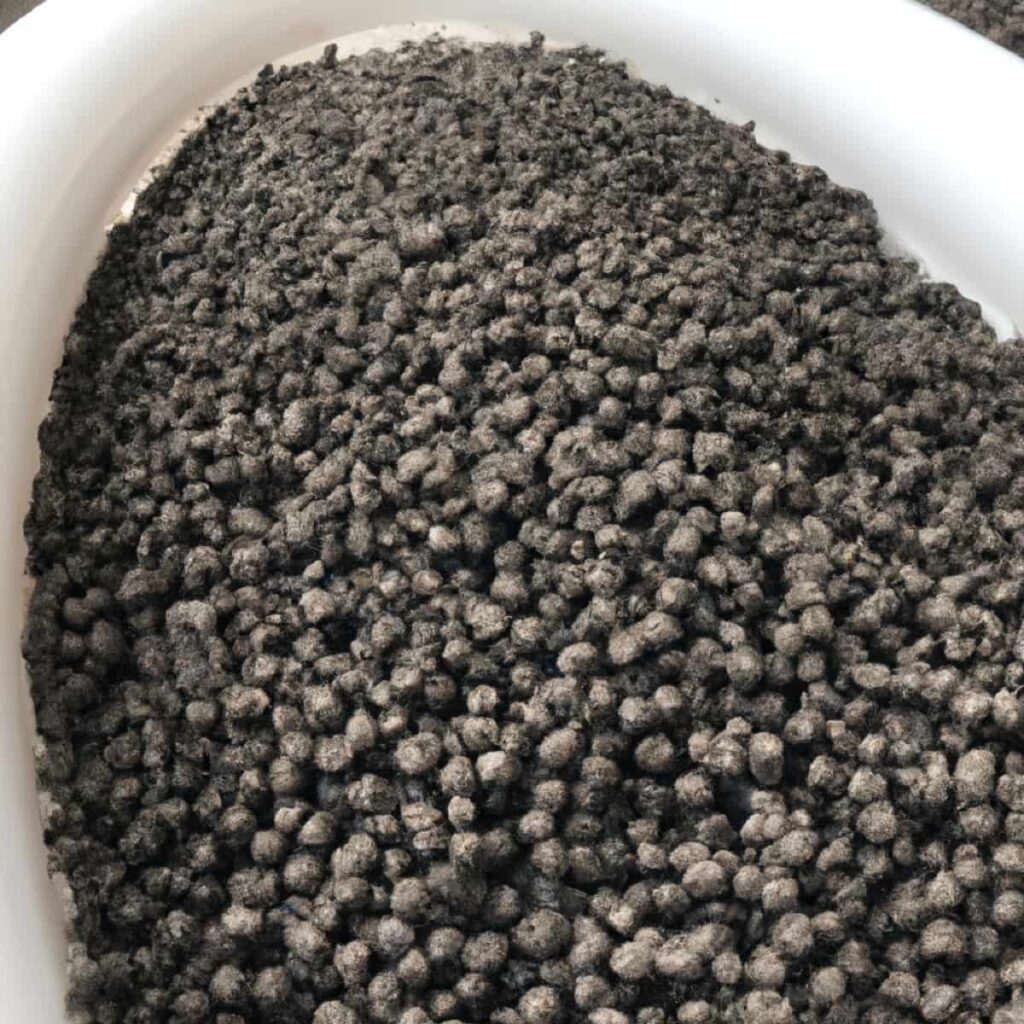
- Humic Acid is made from old organic matter that has been broken down for a long time. It makes it less environmentally friendly than home compost made from waste.
- Humic Acid may be more affordable than commercial compost, but it is still more expensive than creating compost at home.
- Humic Acid can’t be made at home, so it’s not suitable for people who like to be self-sufficient.
- Humic Acid is not recommended in acidic soil; instead, fulvic Acid is a preferable alternative.
Less satisfaction: Unlike compost, humic Acid does not immediately affect the soil, and changing the soil’s color takes time. It might not be as satisfying to use for sure, folks.
Conclusion
Humic Acid is a naturally occurring chemical that has been shown to improve soil health by making it better at keeping water, keeping its shape, and letting plants take in nutrients. It’s a great tool for farmers and gardeners who want to boost their soil health and crop production. Because it may be used as a sustainable substitute for chemical fertilizers and pesticides, it is also an environmentally friendly choice for farmers. In short, humic Acid is important for keeping soil fertile and helping plants grow strong.
- Profitable Village Farming Business Ideas in 2024
- High-Yield Aquaculture: Fast-Growing Fish for Farming
- Effective Fish Pond Construction Techniques for Beginners
- Irrigation and Water Management in Pineapple Farming
- Blossom to Harvest: Mastering Flowering and Pollination in Papaya Farming
- Pig Fattening Essentials: From Selection to Sale for Beginners
- Raising Wagyu Cattle: A Complete Guide for Premium Beef Production
- Soil Types and Their Water Holding Capacity
- Optimizing Irrigation Schedules for Coconut Groves for Enhanced Yield
- Espresso Your Garden: Coffee Grounds for Healthier Acid-Loving Plants
- The Best Soil Mix for Snake Plants: How to Mix Your Own Snake Plant Soil
- Green Thumb Success: Expert Tips for Cultivating Greenhouse Beans All Year Round
- Bloom All Year Round: The Ultimate Guide to Indoor Hyacinth Care
- Eco-Friendly Gardening: How to Make Liquid Fertilizer from Kitchen Waste
- Ultimate Guide to Grow Anise in Pots: Explore Seed Propagation to Harvesting
- Guide to Raising Chester White Pigs: Discover Breed Facts to Growth Management
- Mastering the Elegance: The Ultimate Guide to Weeping Cherry Tree Care, Planting, and Maintenance
- Ultimate Guide to Planting Garlic in Grow Bags: Growing Strategies for Beginners
- How to Fix Spider Plant Leaf-Related Problems: Natural and Organic Remedies
- 10 Reasons Why Your Tulsi Plant is Shedding Leaves: Home Remedies and Solutions
- Optimizing Growth and Yield: The Advantages of Palm Bunch Ash Fertilizer
- Utilizing Neem Oil Extract as a Natural Pesticide for Hydrangea
- From Soil to Harvest: Various Ways in Which Farmers Can Use AI Tools
- Steps to Encourage and Induce Citrus Flowers: A Comprehensive Guide
- How to Fix Snake Plant Leaf-Related Issues: Natural and Organic Remedies
- Transform Your Garden into a Fragrant Oasis with Raat Ki Rani (Night Blooming Jasmine)
- Discover the Ideal Chicken Breeds for Philippine Farms
- How to Create a Poultry Egg Farm Business Plan for Profits
- Grow Lemon Cucumbers Like a Pro: Insider Techniques for Bountiful Yields
- Ultimate Guide to Caring for Your Pink Princess Philodendron: Tips for Thriving Variegation
- Areca Nut Profit Per Acre: Calculating Yield and Cost of Cultivation
- How Kaveri Chicken is Becoming a More Profitable Breed in Indian Backyards
- Transform Your Barn: 9 Steps to Convert a Horse Stall into a Chicken Coop
- Exploring Suffolk Sheep Disadvantages with Limitations and Challenges
- Guide to Solving Potted Lemon Tree Problems: How to Revive Lemon Tree in Containers
- Steps to Encourage Female Pumpkin Flowers: Best Strategies for More Flowers and High Yields

It helps because it increases plant growth and soil fertility. This blog post will discuss how humic Acid helps the soil by enhancing nutrient intake and water retention, enhancing soil structure, and encouraging microbial activity.
Thanks
Thank you for the valuable information. Please let me know from where I could purchase good quality Humic Acid/Fulvic acid.
I need humic acid
Useful matter